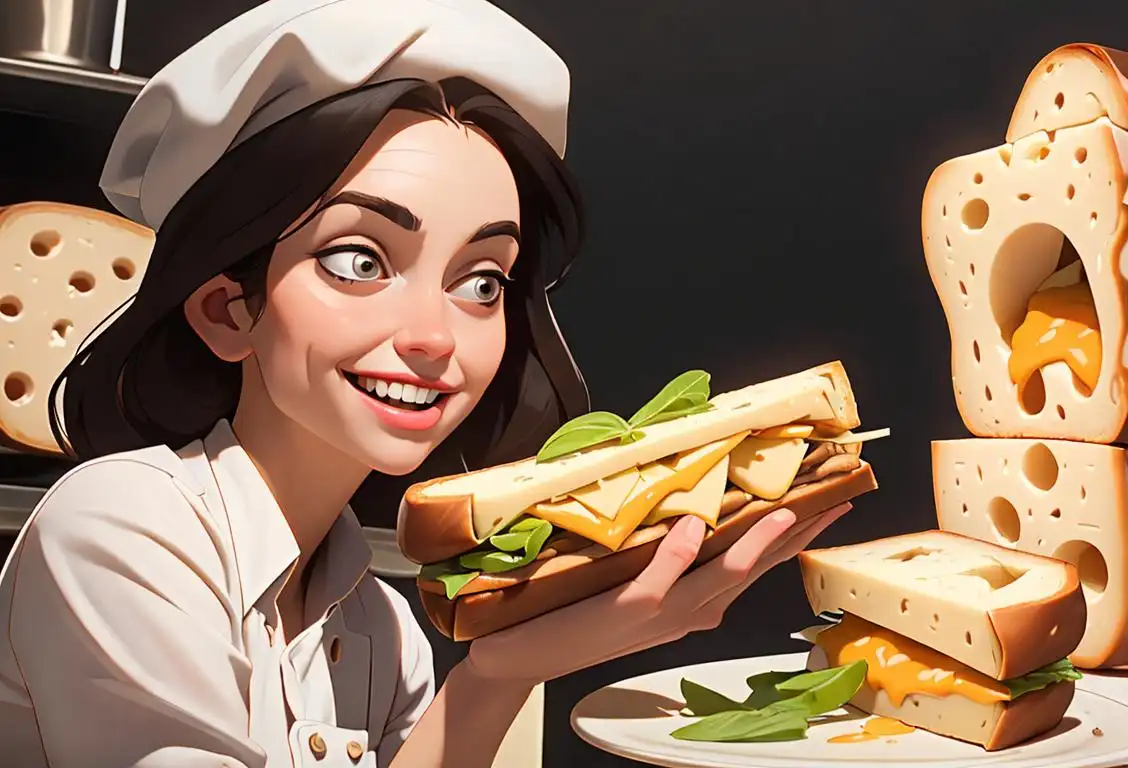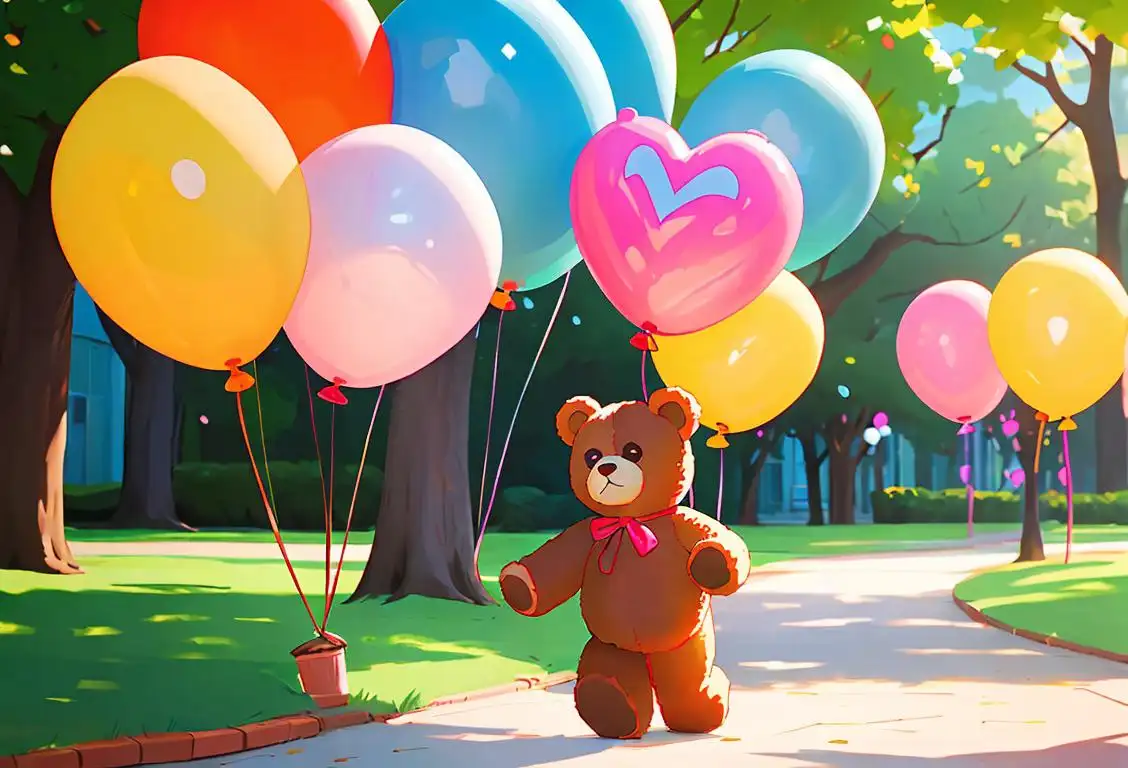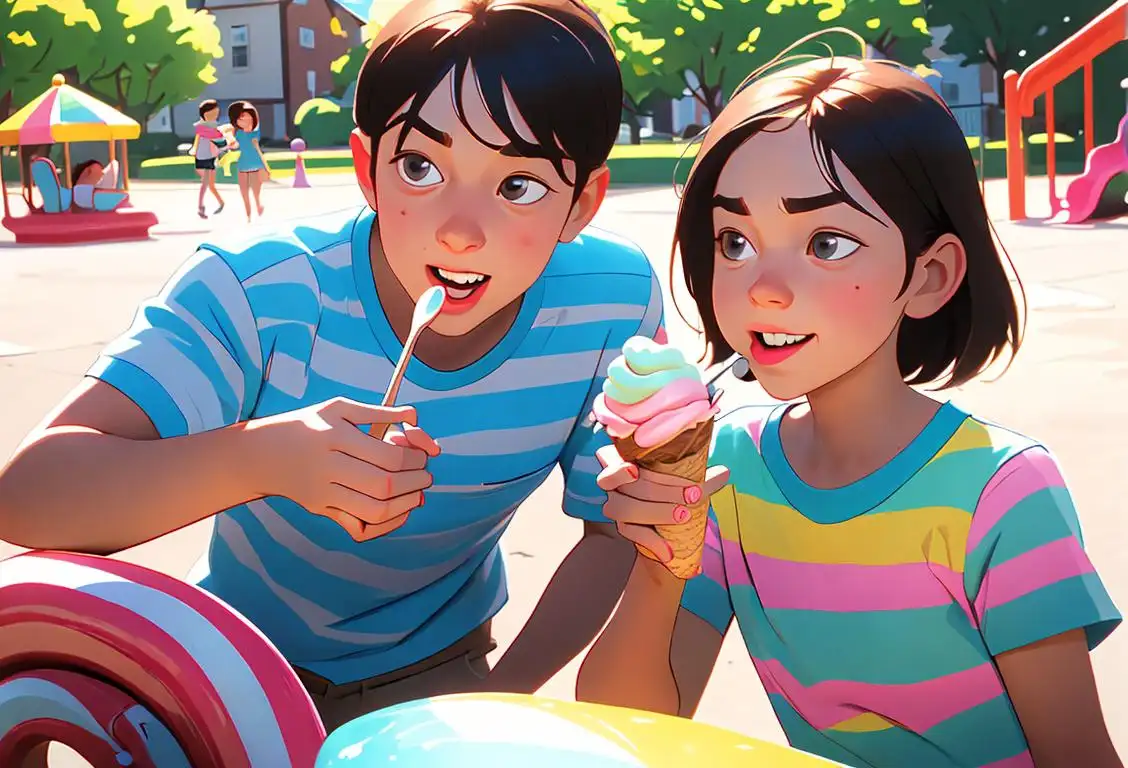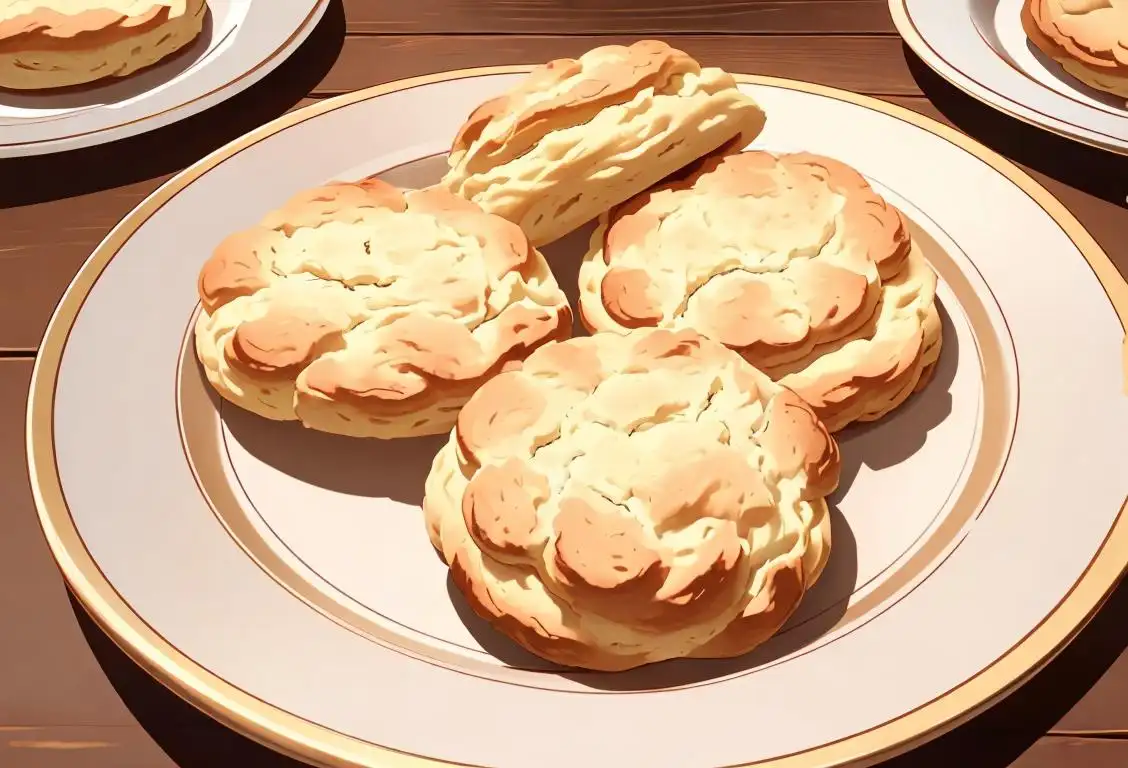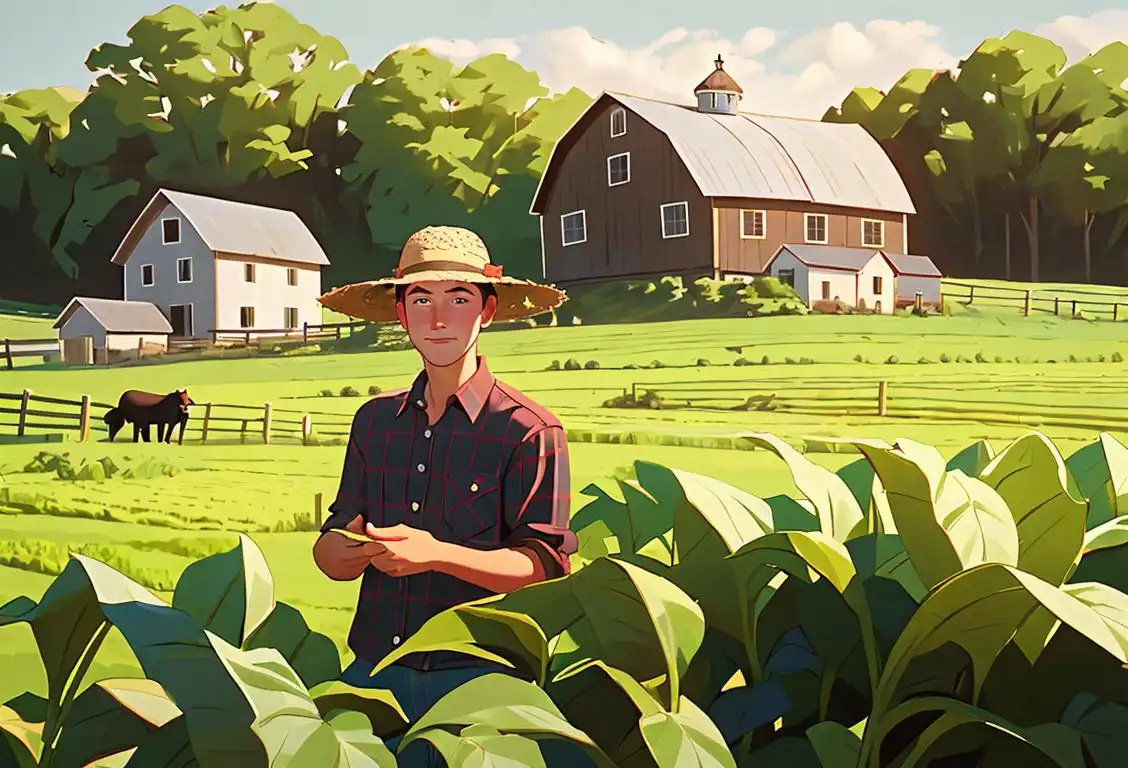National Bad Hair Day

Bad hair days. We've all had them; those days when your mane decides to rebel against you and take on the laws of gravity and style. Well, what if we told you there's a day dedicated entirely to acknowledge and embrace these frizzy, unmanageable, push-the-boundaries-of-styling-products kind of hair days? Indeed, it's National Bad Hair Day!
When is Bad Hair Day?
It's national bad hair day on the 5th July.
A Brief History of National Bad Hair Day
In our digital records, National Bad Hair Day has made quite the impression. While we've only detected 12 mentions online, they certainly stuck out, just like a rebellious comb-over on a windy day. The most mentions were on 5th July 2020 - perhaps people were enjoying their freedom from their hairdressers during lockdown!
Hair-raising Revelry
National Bad Hair Day is not about hiding under hats or resorting to drastic buzzcuts. Nope, it's all about embracing the kinks, curls, frizz, and unruliness. But it's not just about enabling your hair's mutiny against combs, it's also about humor and acknowledgment that bad hair days are as inherent to life as good hair days.
A Wave of Acceptance
So, whether you're battling an army of split ends or are the victim of a bangs trim gone absurdly wrong, National Bad Hair Day is your day to shine – or frizz out, as it may be. After all, humor brings us together and sometimes what we really need is to share a laugh at our own expense. So, go on, rock that bedhead like it's your crowning glory!
History behind the term 'Bad Hair'
1940
The Birth of the Term
The term 'bad hair' first came into prominence in the 1940s. Originally, it referred to hair that was difficult to manage or style, often described as unruly or unmanageable. This term quickly gained popularity, especially within African-American communities, where hair texture and styling techniques played a significant role in cultural expression.
1960
Cultural Identity and the Civil Rights Movement
During the 1960s, the term 'bad hair' took on an additional dimension of cultural identity. It became a symbol of self-acceptance and pride within the African-American community. The Civil Rights Movement further fueled the cultural significance of 'bad hair' as people embraced their natural hair textures and rejected societal beauty standards that favored straight hair over curly or kinky hair.
1980
Mainstream Media and Representation
In the 1980s, the term 'bad hair' gained traction in mainstream media. It became an essential aspect of conversations surrounding representation and self-expression. African-American celebrities and musicians were at the forefront of challenging traditional beauty norms and celebrating diverse hairstyles. 'Bad hair' became a term of empowerment, signifying the rejection of Eurocentric beauty ideals and embracing natural, textured hair.
1990
Hairstyle Evolution and Individuality
As the 1990s arrived, the term 'bad hair' continued to evolve, encompassing a broader range of hairstyles and individual expressions. It moved beyond the notion of hair being good or bad, instead celebrating the freedom to experiment with different styles, lengths, colors, and textures. The concept of 'bad hair' became associated with the courage to defy societal norms and embrace one's unique identity.
Present Day
Inclusivity and Hair Acceptance
Today, 'bad hair' has become a term that promotes inclusivity and hair acceptance across various cultures. It acknowledges that hair is diverse and recognizes that there is no universal standard for beauty. The term 'bad hair' celebrates the beauty in every hairstyle, encouraging individuals to embrace their natural hair and explore different looks without judgment or limitations.
Did you know?
Did you know that the term bad hair day originated from the comic strip, Blondie in 1931? It wasn’t about the hair, it referred to something that happens that makes things go sour!Tagged
awareness fun loved ones rememberanceFirst identified
25th March 2015Most mentioned on
5th July 2020Total mentions
12Other days
Cheese Lovers Day
Teddy Bear Day
Sibs Day
Biscuit Day
Cancer Survivors Day
Agriculture Day
Pumpkin Day
Suicide Prevention Day
Memorial Day
First Responders Day
